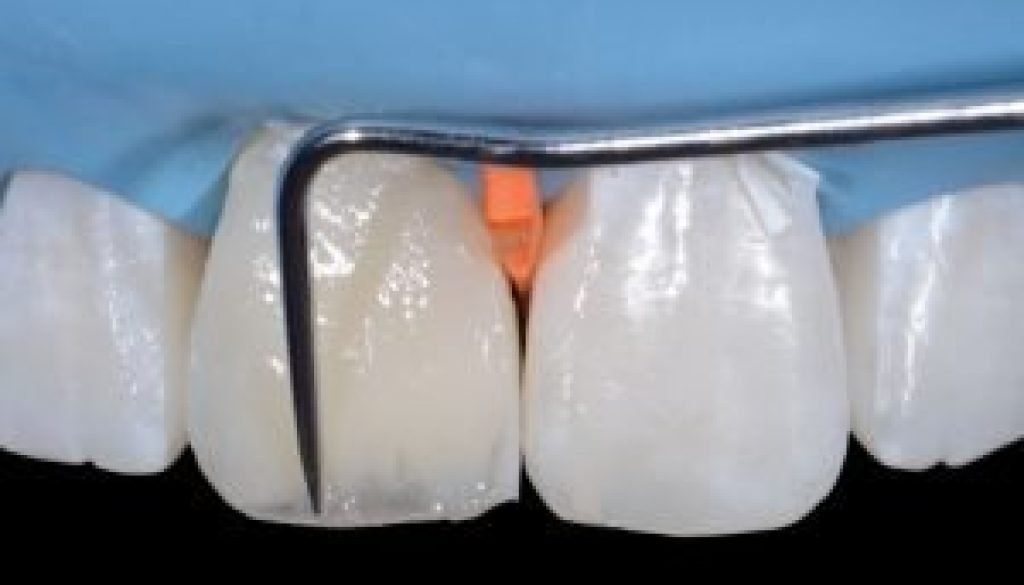Composite bonding is a cosmetic dental procedure that has become increasingly popular in recent years. It involves the application of a tooth-colored composite resin material to the surface of the teeth to improve their appearance. One of the leading providers of composite bonding services is the Aberdeen Composite Bonding Clinic. In this article, we will provide an overview of composite bonding, how it works, and what to expect from the procedure.
What is Composite Bonding?
Composite bonding is a cosmetic dental procedure that involves the application of a tooth-colored composite resin material to the surface of the teeth. This material is carefully sculpted and shaped to improve the appearance of the teeth whitening Aberdeen, often by Aberdeen composite filling in gaps, repairing chips or cracks, or hiding discoloration. The material used in composite bonding is a special type of dental resin that is designed to match the color of natural teeth, making it virtually indistinguishable from the surrounding teeth.
How Does Composite Bonding Work?
Composite bonding is a simple and painless procedure that can usually be completed in just one visit to the dentist. The procedure involves the following steps:
Step 1: Consultation and Examination
The first step in the composite bonding process is a consultation with a qualified cosmetic dentist. During this consultation, the dentist will examine the patient’s teeth and discuss their concerns and goals for the procedure. The Aberdeen dentist will also explain the process in detail, including the cost, potential risks, and benefits of composite bonding.
Step 2: Preparation
Once the patient has decided to proceed with composite bonding, the dentist will begin preparing the teeth. This involves cleaning the teeth thoroughly to remove any plaque or debris, as well as roughening the surface of the teeth to ensure that the composite material adheres properly. In some cases, the dentist may need to remove a small amount of enamel from the teeth to create a better bonding surface.
Step 3: Bonding
The next step is to apply the composite resin material to the teeth. The dentist will carefully sculpt and shape the material to achieve the desired look, often layering the material in multiple stages to create a natural-looking result. Once the material has been applied and shaped, the dentist will use a special light to harden the material and bond it to the teeth.
Step 4: Finishing
After the composite material has been bonded to the teeth, the dentist will polish and shape the teeth to create a natural-looking finish. This may involve using special instruments to smooth out any rough spots or adjust the shape of the teeth as needed.
What Are the Benefits of Composite Bonding?
Composite bonding offers a number of benefits for patients who are looking to improve the appearance of their teeth. Some of the key benefits of composite bonding include:
A natural-looking result: The composite resin material used in bonding is designed to match the color and texture of natural teeth, creating a result that is virtually indistinguishable from the surrounding teeth.
Quick and painless: Composite bonding is a relatively quick and painless procedure that can usually be completed in just one visit to the dentist.
Non-invasive: Unlike some other cosmetic dental procedures, such as veneers or crowns, composite bonding does not require the removal of a significant amount of tooth structure.
Affordable: Composite bonding is generally more affordable than other cosmetic dental procedures, making it an attractive option for many patients.
Durable: With proper care, composite bonding can last for several years, providing a long-lasting solution for cosmetic dental issues.
What Are the Risks of Composite Bonding?
Like any dental procedure, composite bonding does carry some risks. Some of the potential risks of composite bonding include:
Sensitivity: Some patients may experience increased sensitivity to hot and cold temperatures following composite bonding. This sensitivity is usually temporary and should subside within a few days or weeks. In some cases, the dentist may recommend using a toothpaste designed for sensitive teeth to help alleviate discomfort.
Discoloration: The composite resin material used in bonding is designed to resist staining, but it can still become discolored over time. Patients should avoid consuming foods and drinks that are known to stain teeth, such as coffee, tea, and red wine, and should practice good oral hygiene to help maintain the appearance of their bonded teeth.
Damage: The composite material used in bonding is not as strong as natural tooth enamel and can be damaged by biting on hard objects or by grinding the teeth. Patients who grind their teeth may need to wear a nightguard to protect their bonded teeth from damage.
Limited lifespan: While composite bonding can last for several years, it is not a permanent solution and may need to be repaired or replaced over time. Patients should be aware of this limitation and should follow the dentist’s instructions for caring for their bonded teeth to help extend the lifespan of the bonding.
Conclusion
Composite bonding is a safe and effective cosmetic dental procedure that can help improve the appearance of teeth by filling in gaps, repairing chips or cracks, or hiding discoloration. The process is quick, painless, and affordable, and offers a natural-looking result that can last for several years with proper care. While there are some potential risks associated with composite bonding, these risks are generally minimal and can be minimized with proper care and attention. If you are considering composite bonding, be sure to consult with a qualified cosmetic dentist to discuss your options and to determine whether composite bonding is the right choice for you.






